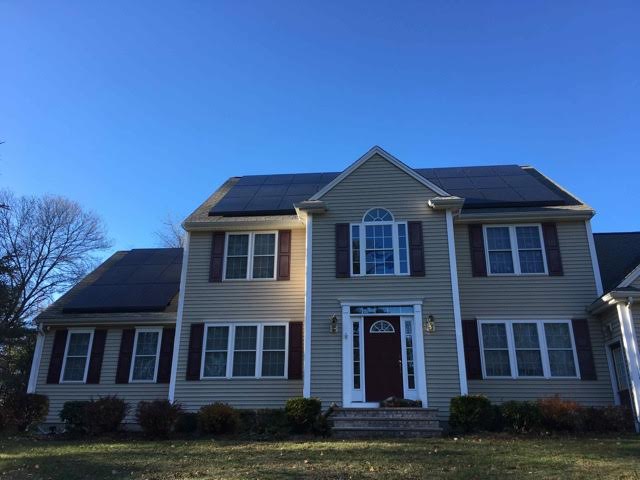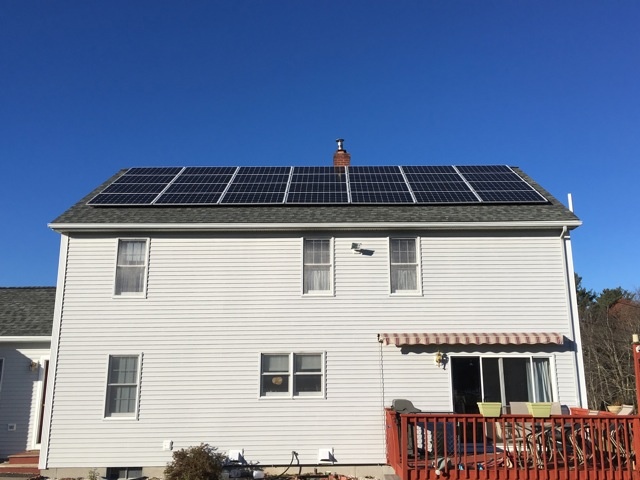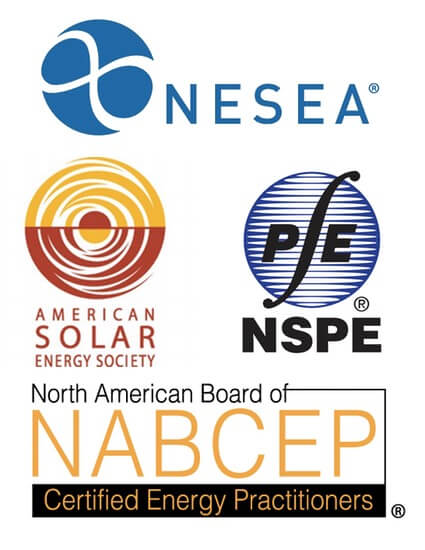Solar energy has changed significantly since its inception. Compared to a few years ago, homeowners considering solar may be surprised to learn how much less expensive the transition can be. In fact, the cost to install solar has dropped over 70% since 2010! Naturally, this drop in price correlates to the expansion of the market, which has seen an annual growth rate of nearly 70% in the last decade.
Of course, the decision to switch to solar power is significant. Even at lowered prices, solar power installation can be expensive. As a homeowner, you want to ensure the purchase you make today will not only pay off down the line, but will make it there in the first place. To help guide your decision, we’ve examined the longevity of solar power systems and compiled an easy to follow (and scientifically backed) explanation below.
How Long Do Solar Panels Last?
While industry standards project between 25-30 years use, most solar systems continue to operate at 87% efficiency by that time. Solar panels function in a way similar to rechargeable batteries: although they will not last forever, their efficiency will gradually, rather than immediately, decline. After the 25-year mark, solar energy production will continue, although homeowners can anticipate a fall in performance as the system ages.
Claiming that most systems will operate at a minimum of 87% efficiency two decades after installation may seem somewhat grandiose, but there’s concrete science behind it. Between 2012 and 2016, the National Renewable Energy Laboratory (NREL) conducted heavy studies on photovoltaic degradation rates to produce the figures we have today.

Solar Project Completed in Rehoboth, MA
What is PV Degradation Rate?
As the only federal laboratory focused entirely on renewable energy and serving as a resource to the US Department of Energy, NREL examined nearly 2,000 individual solar modules and systems to determine reliable PV degradation rates. PV (photovoltaic) degradation rates are defined as “an accurate quantification of power decline over time.”
NREL found a median figure of -0.5% power production across a year, or half a percent of efficiency loss on an annual basis. Although this figure initially defined the industry standard, further study was required to reconcile the differences in rate modeling.
For instance, can we assume a -0.5% loss each and every year after installation? Or, does efficiency occur in a less linear, predictable fashion? The second study, completed in 2016, revisited the PV degradation models and found surprising insights.
Regardless of analysis model used (whether it was linear, two step, exponential, or so on), all degradation models converged at the same point of operation after 25 years. Even if the performance decline rate isn’t linear, the maximum performance loss expected after 25 years remains at or below 13%.

Solar Project Completed in Charlton, MA
Should You Go Solar?
Although there are numerous factors for homeowners to consider before going solar, the one worry you can exclude is a short lifespan. Solar systems will continue to provide renewable power for a home decades after its installation and your initial investment costs will be recovered (and then some).
With the available incentive programs in Massachusetts and Rhode Island, many homeowners are seeing payback periods between 5-7 years. In fact, you will see solar ROI within the time it takes to pay off a hybrid car (1-11 years) and 3-4x faster than a college education (20 years)!







